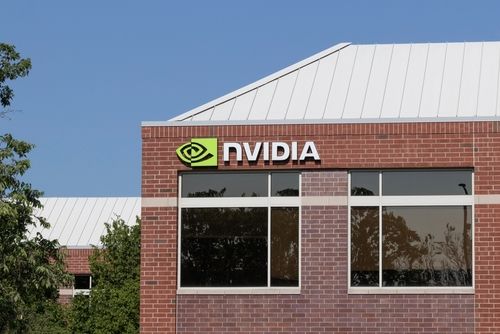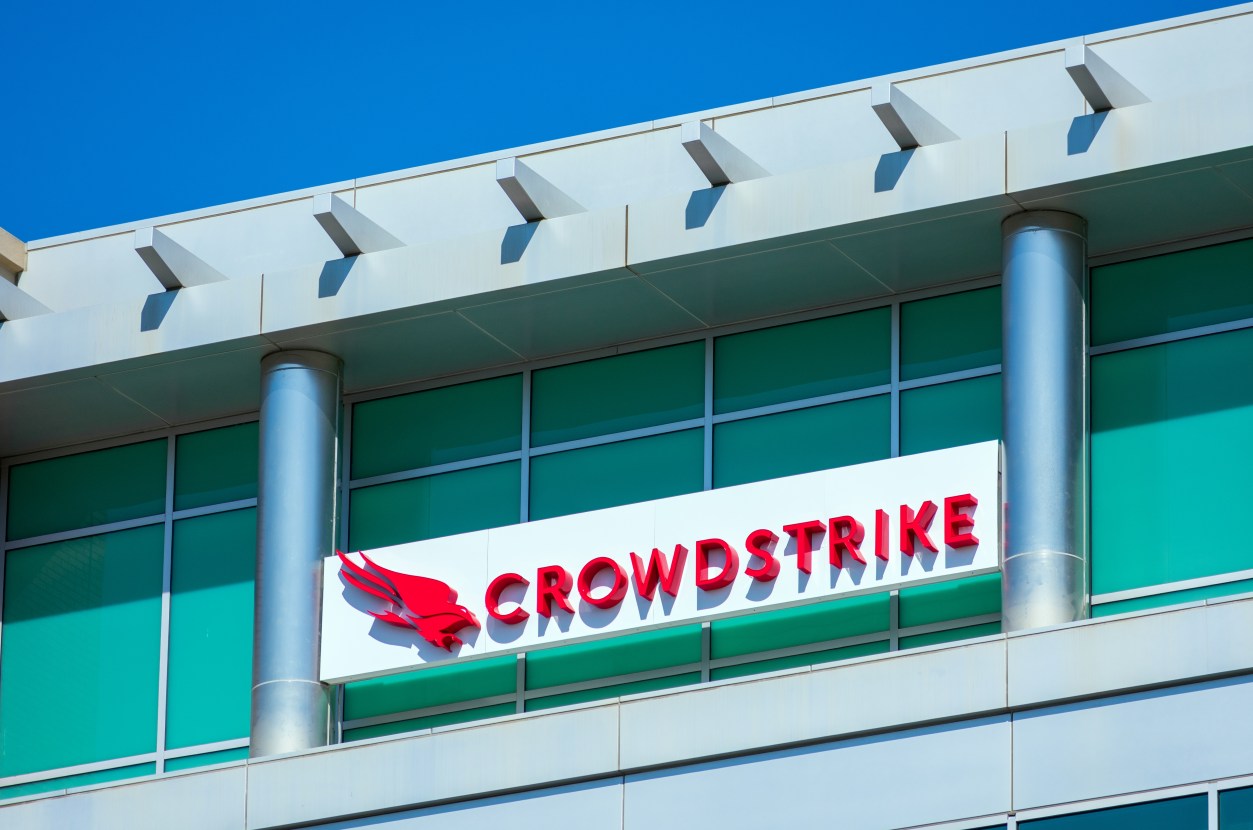FACTBOX-How Germany is building up LNG import terminals

FRANKFURT, Aug 28 (Reuters) - Germany is putting into operation a second liquefied natural gas import terminal, the latest step in its effort to replace piped Russian gas since Moscow's invasion of Ukraine in 2022.
Its first move has been to deploy floating storage regasification units (FSRUs) to receive seaborne LNG, while in the longer term it is planning shore-based regasification terminals and facilities to import and produce ammonia and green hydrogen.
Here are details of the latest developments:
MUKRAN
The terminal on Ruegen island in the Baltic Sea supplies onshore grids with LNG via pipeline firm Gascade's link OAL, via the Neptune vessel operated by Norway's Hoegh Evi.
ReGas says it is relying on EU decisions to extend requirements to refill underground storage facilities.
In long-term arrangements, ReGas has launched a bidding round to expand Mukran's capacity by offering an additional 5 bcm per year from 2027 to 2043.
It wants to restart a second FSRU eventually and restore full capacity of 13.5 bcm by 2027.
S%P Global Platts has added Mukran as a discharge port in its delivered ex-ship (DES) Northwest Europe LNG benchmark prices assessment as from Sept. 16, ReGas said this month.
LUBMIN
ReGas and Hoegh plan to develop the Baltic Sea port, a forerunner of Mukran, into an ammonia/hydrogen import terminal, which Gascade will link up with customers, once it goes ahead.
WILHELMSHAVEN
Utility Uniper UN01.DE launched Germany's first FSRU operation, Wilhelmshaven 1 on the North Sea, in 2022.
Uniper plans to add a land-based ammonia import reception terminal and cracker in the second half of this decade to make green hydrogen, and build a 200 MW electrolyser to be fed with local wind power.
DET will officially start commercial operations at Wilhelmshaven 2 on Friday, via the Excelerate Energy-operated FSRU Excelsior, following preparatory and testing activities since May.
All available regasification slots in 2025 and 2026 were placed with gas market players last month.
STADE
Hanseatic Energy Hub (HEH) in 2024 took a final investment decision for a land-based, ammonia-ready terminal at the Elbe river inland port to start in 2027.
The terminal is expected to cost about 1 billion euros ($1.17 billion).
Employment of the FSRU Energos Force, which was expected to run until 2027 ahead of the onshore terminal starting operations, has been delayed until further notice after DET and HEH cancelled contracts with each other over still unresolved disputes on construction schedules and payments.
BRUNSBUETTEL
The Brunsbuettel FSRU went into operation in 2023 on the North Sea coast, initially chartered and operated by the trading arm of utility RWE RWEG.DE before it was handed over to DET.
It is the forerunner of a land-based LNG facility cleared to receive 40 million euros of state support.
It could start operations at the end of 2026, when a newly inaugurated, adjacent ammonia terminal could also start up.
($1=0.8542 euros)





